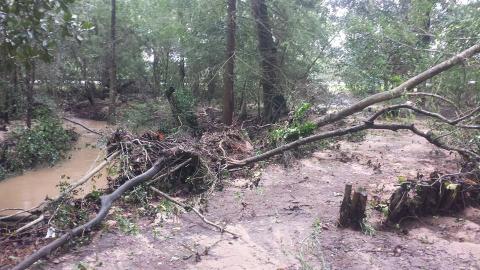
We have all seen fallen trees and limbs since Hurricane Irma ripped through Florida recently. We were very fortunate here in Citrus County that we received tropical storm-force winds only; however, many trees still became victims of the storm.
Staring with Hurricane Andrew in 1992 and numerous hurricanes since then — Georges, Frances, Jeanne, Charley, Rita, Katrina, and Wilma — the University of Florida has studied the effects of hurricanes on trees, which trees withstand high winds, and the effect of the hurricanes on our urban forests. Over 150 urban tree species were included in the study. These include species all over Florida, including many which only grow in south Florida. I will discuss local species only.
The study includes lists of trees based on their wind resistance — highest, medium-high, medium-low, and lowest. Trees with the highest wind resistance include Bald and Pond Cypress, Pindo or Jelly Palm, Sabal Palm, Canary Island Date Palm, Crapemyrtle, Southern Magnolia, Live Oak, Turkey Oak, Dogwood, and American Holly. Those with the lowest resistance include Sand Pine, Red Cedar, Cherry Laurel, Water Oak, Laurel Oak, Pecan, and Chinese Elm. These are by no means complete lists; I have included only the more common tree species in our area. Our other common pines found in this area — Longleaf, Slash, and Loblolly — are considered as medium-low in resistance. The study also concluded that native trees fared better than non-native.

